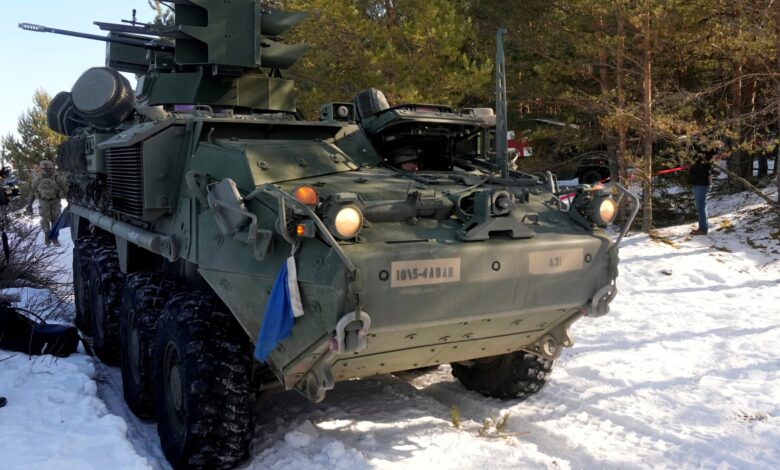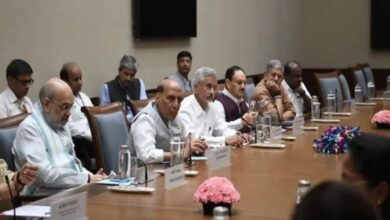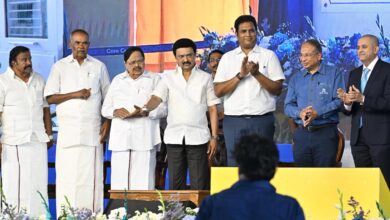
Washington, D.C., February 10, 2025 – In a significant move to bolster defense ties, India is actively engaging in discussions with the United States to procure and co-produce advanced military equipment. These negotiations coincide with Prime Minister Narendra Modi’s visit to Washington, where he is scheduled to meet President Donald Trump.
Key Defense Initiatives Under Discussion
Stryker Combat Vehicles
India is exploring the acquisition and co-production of Stryker combat vehicles, manufactured by General Dynamics and utilized by the U.S. Army. The plan includes purchasing several hundred Strykers equipped with anti-tank guided missile systems, with subsequent co-production facilitated through an Indian state-run enterprise.
GE F414 Fighter Jet Engines
Efforts are underway to finalize a contract for the co-production of GE F414 fighter jet engines in India, intended for the Indian Air Force’s Tejas Mk2 aircraft. This initiative aligns with a 2023 agreement and involves collaboration between Hindustan Aeronautics Limited (HAL) and General Electric. Upcoming meetings between HAL and U.S. officials aim to conclude the deal by March 2025.
Strategic Context and Implications
Traditionally, India has relied heavily on Russia for military hardware. However, recent geopolitical dynamics and the desire to modernize its armed forces have prompted India to diversify its defense partnerships. The proposed collaborations with the U.S. signify a strategic pivot towards incorporating Western defense technology and reducing dependence on Russian equipment.
In a recent communication, President Trump emphasized the importance of India increasing its procurement of American-made security equipment and moving toward a fair bilateral trading relationship.
Enhancing Bilateral Defense Relations
The potential agreements reflect a deepening of the India-U.S. defense partnership, focusing on:
Technology Transfer: The co-production deals are expected to include significant technology transfer components, bolstering India’s domestic defense manufacturing capabilities.
Operational Synergy: Integrating U.S. military technology, such as the Stryker vehicles and GE F414 engines, is anticipated to enhance the interoperability and effectiveness of India’s armed forces.
Strategic Alignment: These initiatives align with broader strategic objectives, including countering regional threats and maintaining stability in the Indo-Pacific region.
Challenges and Considerations
While the proposed collaborations offer numerous benefits, several challenges must be addressed:
Regulatory Approvals: Both nations need to navigate complex regulatory frameworks to facilitate technology transfer and co-production agreements.
Supply Chain Management: Establishing efficient supply chains for the production of defense equipment in India will be crucial to meet projected timelines and quality standards.
Geopolitical Sensitivities: Balancing relationships with other defense partners, particularly Russia, requires careful diplomatic maneuvering to avoid potential friction.
Looking Ahead
The ongoing discussions between India and the United States represent a pivotal moment in bilateral defense relations. Successful finalization of these deals could pave the way for more extensive collaboration in defense technology and production, contributing to regional security and the strategic interests of both nations.
As Prime Minister Modi’s visit progresses, further announcements and agreements may emerge, highlighting the evolving dynamics of the India-U.S. strategic partnership.










